IF YOU MUST SHOOT, DO IT TO STOP THE ATTACK
Criminals attack someone in the US every day. It’s a regular occurrence. And it happens often, although some uninformed people think it is rare. Whether it is rare or not means little to the person who is attacked. That person is faced with the decision of what to do. If he or she is carrying a gun, he or she has more options than the person who is not carrying.
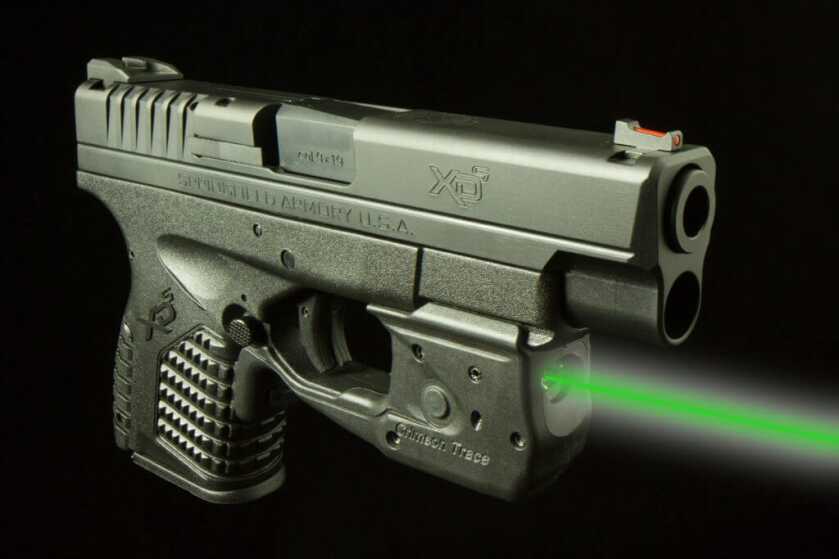
If the person attacked decides to shoot the criminal attacker to defend him- or herself, where should the person aim? People who know little or nothing about self-defense or guns often say to aim for an arm or a leg and wound the attacker. Often if the police have to shoot a criminal and the criminal dies, the cry from those people is the cop should have just wounded the criminal. But that’s a naive and unrealistic position to take.
Before answering where to aim, let’s take a look at reality. People who attack others have a wide variety of differences both physically and mentally. And because of these differences, the attacker will continue the attack until one of two things happen. One thing that might happen is the attacker will choose to stop the attack. Many do, but only after being persuaded in some way to do so. Others will stop attacking only if they are physically unable to continue the attack.
So how does one persuade an attacker to stop attacking? It depends on the attacker and only the attacker decides what it will take. Some will stop if they are threatened in some way. Since reasoning with a criminal attacker and explaining that they might be punished by the law if they don’t stop will probably not have any effect on the attacker – and in the middle of an attack there is no time to explain anything – that option is unlikely to have any bearing on the situation. So the threat usually has to be one of bodily harm.
That threat of bodily harm means the person being attacked must make the attacker believe he is likely to be injured by the victim. Some victims may be able to intimidate an attacker by appearing to be capable of, and willing to engage in, an empty-handed contact fight. More likely, the victim will need to display some type of weapon in order to persuade the attacker to stop. The weapon might be a stick, club, knife, or gun.
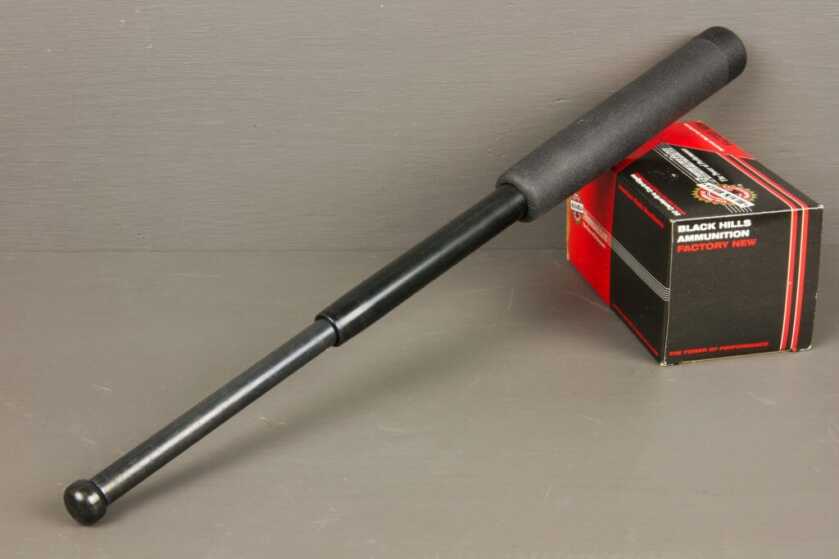
Next, some criminal attackers will stop the attack only if they are actually injured. The injury might be minor – even if a gunshot wound – but causes the attacker to decide that continued attack is not worth the risk of further injury.
Other attackers must be severely injured before they will stop. This might consist of being shot someplace that is particularly painful or causes ugly or severe injury. Even though the attacker might be physically capable of continuing the attack, they decide to stop.
Yet other attackers will press the attack through great physical pain or severe injury, whether from a beating, knife wound, or being shot unless they are physically unable to continue the attack. These people are very dangerous and fortunately are fewer than all the other types mentioned above. But they exist, and the victim does not know which type of person is attacking when the attack starts.
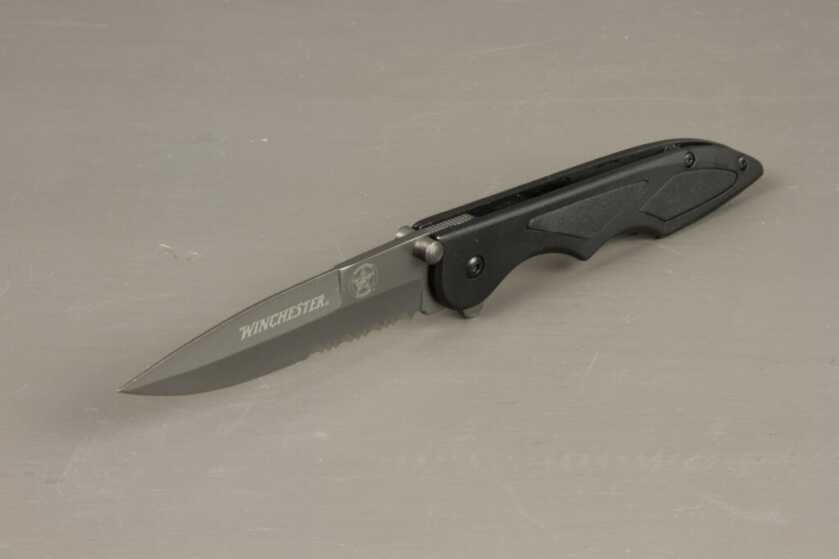
That’s reality. It’s a harsh, hard reality but that’s the way it is. And if you have read carefully, you will notice that nowhere is it advocated that the attacker should be killed. The emphasis is always to stop the attack to reduce or prevent injury to the victim.
How can a person be rendered physically incapable of continuing to attack? There really are only three ways. One is to eliminate the oxygen supply so that even if blood is still being pumped to the muscles and organs, it contains no oxygen to keep the body working. Another is to eliminate the flow of blood by stopping the heart or causing massive blood loss. Both of those methods work but can be too slow. The typical person has enough blood and oxygen in the body to keep working long enough if the supply is cut off to continue the attack and kill.
Another way to stop an attacker is to disrupt the central nervous system which supplies signals from the brain to the body. Those signals include instructions to move muscles. They are very much like electrical impulses, so if cut off, the muscles immediately stop working. When that happens, the person generally collapses and stops moving. To cut off those impulses usually requires a shot to the brain or the spinal cord. And those two things are very small and much harder to hit compared to the torso.
Not one police force I know of suggests or trains officers to shoot to kill. And no self-defense trainer I know of advocates shooting to kill. All emphasize is in stopping the attack, not killing the attacker. If the attacker stops the attack, the goal has been achieved. The problem is that some attackers will not stop attacking until they are physically unable to continue. And the victim does not know what is required to stop an attack until the attacker stops.
All the trainers I’ve ever encountered tell students to never get into a gunfight, or even shoot the gun if possible. Using a gun is the absolute last resort to avoid serious bodily injury or death. These trainers know that if you shoot someone legally and it is a completely justifiable shooting in self-defense, you are still likely to be arrested, charged, and tried. And even if no criminal charges are brought against you, often the criminal attacker or his family will bring a civil lawsuit demanding you pay them lots of money for “wrongfully” shooting the attacker.
In the US, anybody can sue anybody for anything. And the suit can be completely groundless, false, and fraudulent. If the person who sues does not win, he or she suffers little or no penalty. It still costs the defendant though, that’s you, the victim, thousands and thousands of dollars to defend yourself in court.
Besides the legal costs, there are other costs suffered by the victim if the attacker is shot. It is likely that the news media will label the attack victim, you, as the aggressor, and as a very bad person. They will say terrible things about you and it may go on for months. Even close friends will abandon you. Divorces are not uncommon. So, the upshot is that even a completely lawful shooting can be very expensive for the lawful shooter both emotionally and financially.
To help you avoid these problems, you should talk to an attorney in your area and get legal advice about when and where you can legally shoot. Also, learn what to do after the shooting. Laws vary from jurisdiction to jurisdiction, so find out what they are from a lawyer where you live.
Also, as I mention frequently in this series of The What & The Why articles, get good training from a reputable source like Gunsite Academy. It cannot only help you shoot better, but the right training can also help you know when and when not to shoot. Massad Ayoob is an expert witness and instructor who trains many law-abiding citizens on how to shoot. And he also trains lawyers on how to defend a person who is forced to shoot legally in self-defense. Check out his course offerings at massadayoobgroup.com.
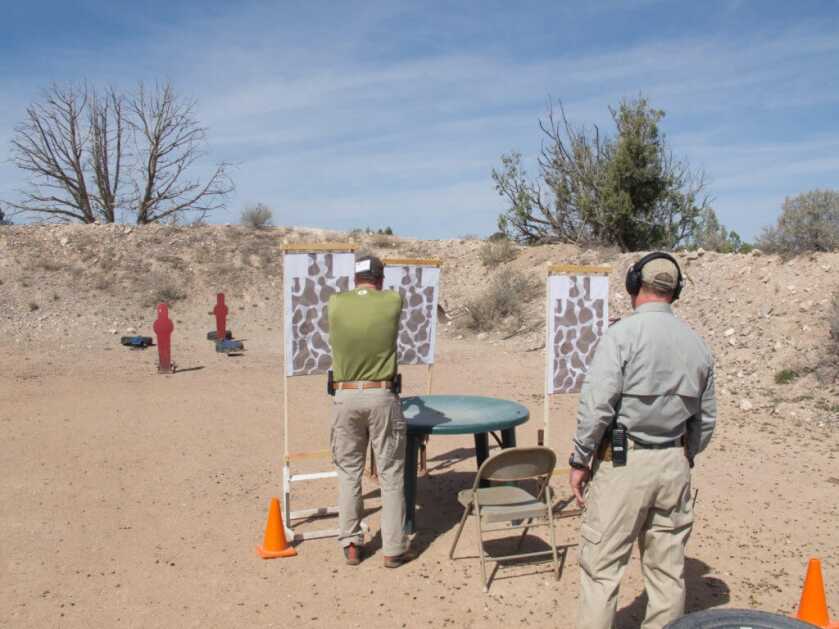
So, where should you aim if you are forced to shoot? Given the realities mentioned above, the only place that makes sense is to aim at a vital organ hoping that if hit, the attacker will no longer be able to attack.
But many people don’t realize that someone can be shot in a vital organ and still keep attacking long enough to kill or injure you. For example, back in 1990, an LAPD officer named Stacy Lim was shot in the heart by an attacker with a .357 Magnum cartridge. Lim not only survived the attack, but she was also able to kill her attacker.
Most people reading this will have shot a handgun, if only on a square range. That experience should help in understanding how difficult it is to hit a small target, especially if the target is moving. And it is very difficult to hit any part of a person in a real gunfight. That difficulty increases with the distance between the two people and the fact that both are probably moving in order to avoid being shot. So, it’s just not realistic to think that anyone, even an expert with a handgun, can hit a small moving target like an arm or a leg in a gunfight on purpose.
The police know this, and that’s why every trainer I know teaches students to aim for the largest part of the body. That makes the likelihood of a hit greater. It just so happens that the largest part of the body is the upper chest or torso and that happens to be where a lot of vital organs are located. So it just makes sense to aim for the upper torso to not only increase the likelihood of a hit but also to increase the chance that hit will be to a vital organ which has a greater potential for stopping an attacker quicker.
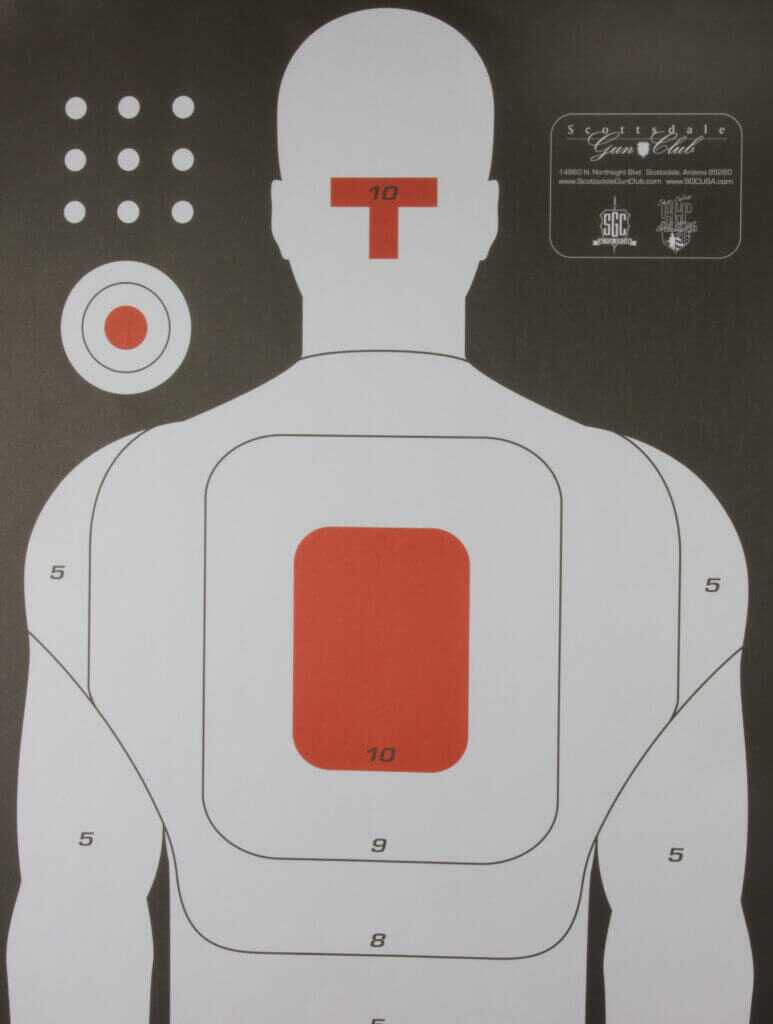
That’s how it really is and, again, that’s why police are taught to shoot at the upper torso. It has the highest chance of causing an attacker to stop. And that’s the goal – stop the attack, not kill the attacker. If the attacker must be stopped immediately, say because he or she is about to detonate a bomb or pull the trigger of a gun held to the head of a hostage, the police officer may aim for the head and hope for a central nervous system hit. That’s hard to do but has been done.
Even in the case of a shot to the head, or other traumatic brain injuries that destroy a part of the brain, there is no certainty that the person shot or injured will die or even be unable to perform normal tasks. So just because a person is shot in the head, does not mean that person is going to die, and it does not mean that the person shooting was trying to kill anyone.
That’s the what and the why of it.

An excellent short article.
Also, very good information from the knowledgeable individuals that posted responses.
Especially, the attorney who provided succinct advice of “I only shot to stop the attacker”.
Can result in divorce?
I guess there is a silver lining in every cloud!
When I took my initial CCW training in Tennessee years ago, the instructors emphasized that even with a legal shooting the shooter could expect to spend at least $20,000.00 defending the inevitable civil suits. Since then, Tennessee has passed a law that if a person involved in a justifiable homicide is sued and the plaintiff loses, the plaintiff must bear all costs incurred, including the cost of the defense. It is very rare now for a lawyer to take a case in a justifiable shooting.
Illinois law, since 2014, has stated that if in individual is involved in an illegal activity and you shoot him, the court will not accept a filing against you, the defender, from either the attacker or his wife. Evey state should copy that law.
I’m shocked to hear that the people’s republic of Illinois has such a law…
Sorry folks but i’m not good enough to be a “Hollywood Marksman” so I’m going center mass until he drops! Also if he is on drugs plan on using the whole mag to get the job done. A headshot would be nice if you have time to aim, but I’m not going to test that theory.
Having been involved in several toe-to-toe gun fights during my thirty years as a police officer,I became aware of another factor not often mentioned.It,s not just being tranined using a gun,it,s being willing.It,s what happens inside you head when the action starts.I lost a good friend many years ago in an armed confrontation.He excelled on the pistol range,but when the show down came,he fell apart,wildly emptying his gun and failing to reload,while the perp proceeded with determination and killed him with a shot to the head.Lesson to be learned: Make up your mind on what you,ll do before the occasion arises,then do it. Good luck and happy trails!
Absolutely. When doing counter terrorism close protection work in the Middle East, it was an SOP to shoot for the zone in the head that would drop a potential suicide bomber with such alacrity that they would not be able to push the button to detonate their vest.
Great information. If you have read this excellent, now go get some good training.
Totally correct Doug. You shoot to stop the threat. You don’t stop shooting till the threat stops.
and as South Park has taught the shooting community…..don’t shoot him in the dick…that’s not cool….Butters
I’m answering as a lawyer. You always shoot to stop. Legally the only reason to shoot is to stop someone from causing death or serious bodily injury.
If a threat with a pistol makes them run away (99% of the time) you’ve stopped them. If you had to shoot them in the heart, you’ve stopped them.
Never use words like shoot, kill, scare, wound, etc. if you are involved n any self defense incident the only word to come out of your mouth, ever, is stop.
If a prosecutor asks you “when did you decide to kill Mr. Jones, your reply should be I DIDN’T WANT TO KILL HIM, I JUST WANTED TO STOP HIM. “
Ross is right, but again in the moment of a attack, you may not have the luxury of time to think. I train with my CCW, and everyone should, but if you’re not expecting the engagement, being prepared to engage will be the last thing on your mind. Staying in condition mentality, and physically is your best bet, stay sharp, stay safe out there.
You shoot to stop the threat. Two to the body one to the head The offender may be wearing body armor.
Yep….even if you don’t hit them in the “T,” they’re going down with a head shot and you will have time to retreat to a safer spot. They may not die, but the hydrostatic shock to the brain will certainly incapacitate them long enough